Set aside the words you’d find on its entertainment buzzword wheel and its cruise ship bows – magic and imagination and memories and celebration and adventure and wishes. Practically, what is the role of theme parks within The Walt Disney Company? And – to unbury the lede – how do Disney’s theme parks interlace with the company’s studios and the world-class catalogue of earned and acquired intellectual properties it generates?
Historically, there seem to be two very broad ways to think about it. The first we’ll explore is a perspective many Disney Parks fans and Imagineering aficionados cling to… and to our thinking, for good reason.
1. Imagineering creates; the Parks are a medium
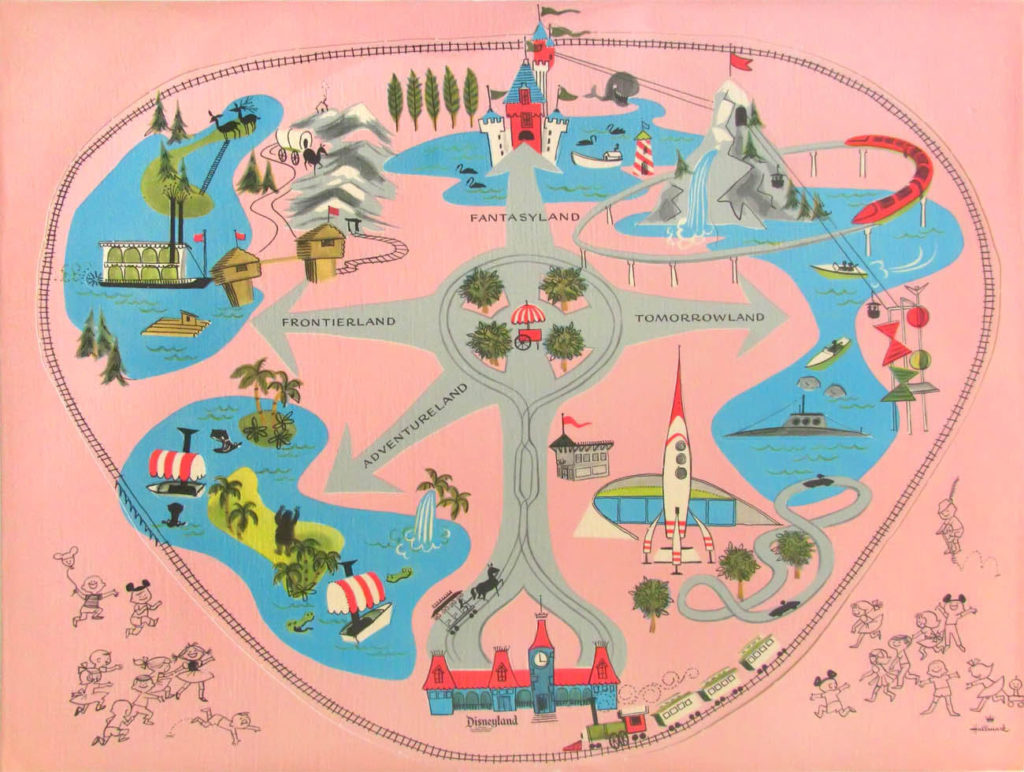
On one hand, when Disneyland opened in 1955, Disney films were an integral part of its DNA both explicitly (Peter Pan, Snow White and the Seven Dwarfs, Dumbo, Sleeping Beauty, Cinderella, Alice in Wonderland, and 20,000 Leagues each had named attractions, for example) and implicitly (there would be no Frontierland without Walt’s Davy Crockett, nor an Adventureland without the True-Life Adventure series).
On the other, Walt Disney’s Disneyland was a place where new characters, stories, and settings were born, too. From go, Disney Parks were generators of what we’d now somewhat dispiritingly call “content.” Through WED Enterprises, Walt and the progenitors of thematic design used Disneyland not just as a showplace of the content being produced by Walt Disney Productions, but as a source of new characters, stories, and settings no less rich than Alice, Cinderella, or Doc.
Disney’s tradition of contributing to pop culture through its parks dates back to the earliest days! From Rocket to the Moon to Adventure Thru Inner Space; Nature’s Wonderland to Space Mountain; Submarine Voyage to Captain EO… Disneyland did more than just take from the zeitgeist; it added to it.
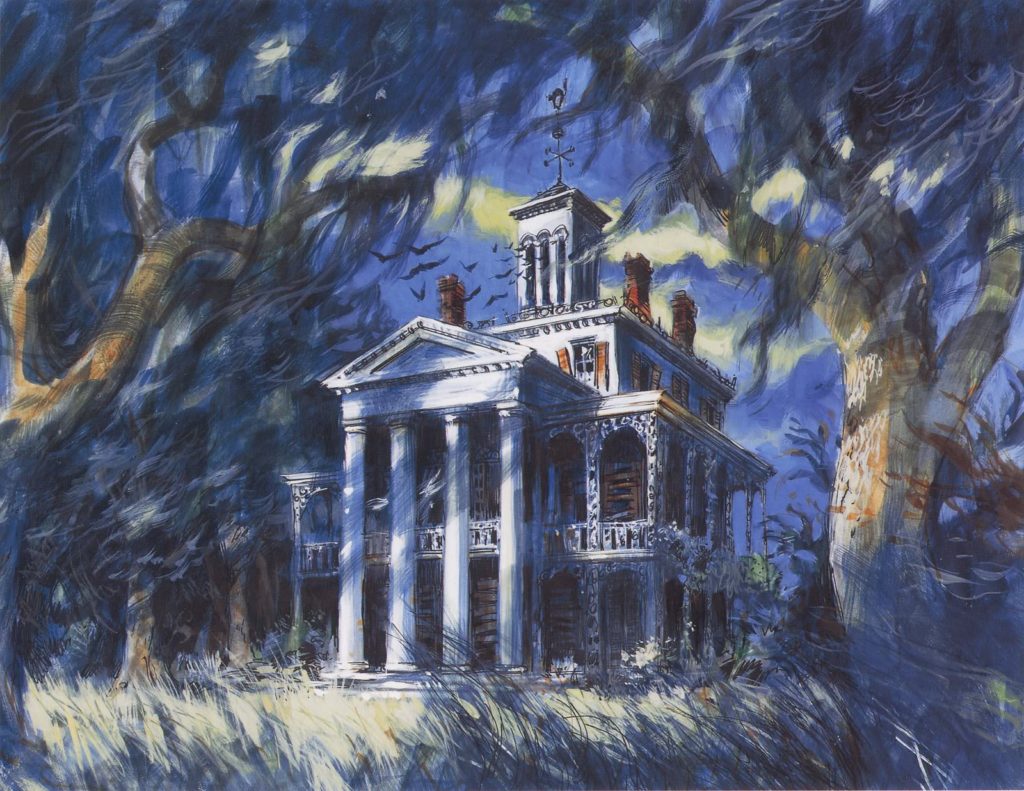
By nature of reading this, you don’t need convinced. Still, it’s worth considering that Disney Parks weren’t just shaped by pop culture, they’re shapers of it. The prevailing images of pirates, or haunted houses, or the Old West, or the Space Age, or castles, or of turn-of-the-century America… For better or worse, the images of those times and places we collectively share are often informed by if not direct lifts from the environments built by Imagineers.
You can see Disney Parks’ contribution to pop attractions developed for the park that have become iconic and collectively shared in their own rights: in Pirates of the Caribbean; the Haunted Mansion; “it’s a small world;” The Enchanted Tiki Room; Country Bear Jamboree; Jungle Cruise…

Even more, in the stories and characters and songs and settings therein: Figment, the Hatbox Ghost, “The Tiki Tiki Tiki Room,” Madame Leota, “There’s A Great Big Beautiful Tomorrow,” The Pirates of the Caribbean, Trader Sam, “One Little Spark,” Sunny Eclipse, and Big Al, then onward to Lord Mystic and Albert, The Yeti, Harrison Hightower, The Lava Monster, “Nothing Can Stop Us Now,” The Timekeeper, Dr. Seeker, Pamela Perkins, Captain Rex, Duffy and Friends, Alberta Falls, Chuuby, Shiriki Utundu, Figment & Dreamfinder…
It all leads us to an important and essential agreement we should come to before we proceed: that for most of its history, Walt Disney Imagineering – the in-house scenic, technology, and attraction design firm begun by Walt himself in December 1952 – was a source of storytelling; a wellspring of genuine, home-grown Disney “IP.” From “WDI” flowed not just rides and their hardware, but new characters, settings, and stories…
In so many words, Walt Disney Imagineering was no different than, say, Walt Disney Studios or Walt Disney Animation but for the notion that rather than their work resulting in film or television, Imagineers’ work came to life in the uniquely dimensional medium of theme parks. And of course, the work of the studios influenced the work of Imagineering and vice versa… but just like the Studios, Imagineering also produced works all its own.
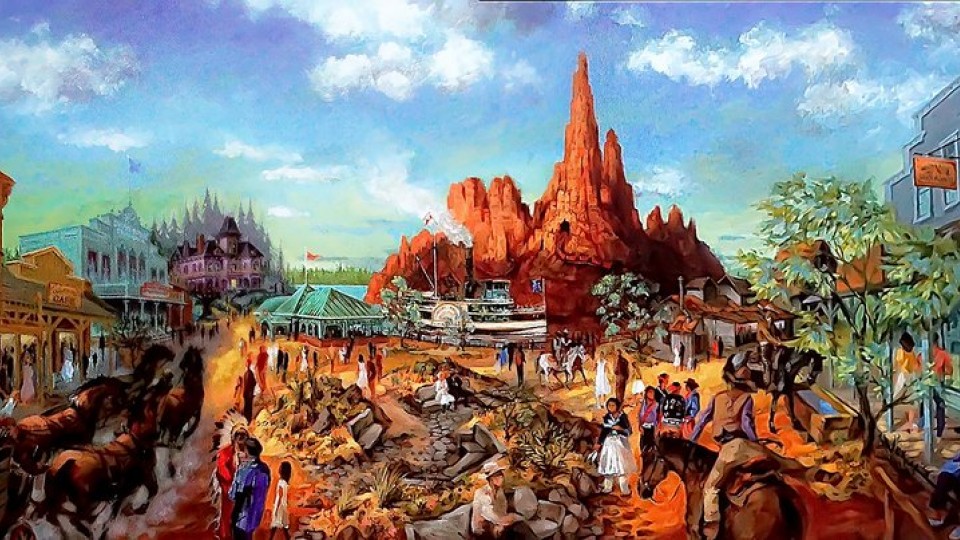
Imagineers can even use the legends and lore they create to support entire “Living Lands” with mythologies as deep as Pandora’s or Batuu’s – think of Disneyland Paris’ Frontierland (centered on Big Thunder Mountain’s lore), Disneyland’s Adventureland (pulled into the timeline and mythology of the Temple of the Forbidden Eye) or Magic Kingdom’s 1994 New Tomorrowland (with a frame story and IP-free headlining Lost Legends: Alien Encounter and Timekeeper created by Imagineering).
Without a doubt, some of Disney’s strongest IPs are ones created for the parks, including unbuilt ones (Discovery Bay, Beastly Kingdom, and the Western River Expedition), underutilized ones (Journey into Imagination, The Enchanted Tiki Room, or S.E.A.), deeply-mined ones (Haunted Mansion and Pirates of the Caribbean), and everything in between.

More to the point, Disney theme parks themselves are an intellectual property beloved by generations. “Disneyland,” “EPCOT,” “Animal Kingdom,” “Fantasyland,” “Space Mountain”… Those names mean something to people. They conjure images and feelings and memories and colors and shapes and times; a “language” shared by hundreds of millions of people across generations.
Put simply, Disney Parks both contain home-grown intellectual property and indeed are intellectual property! They are powerful pop cultural icons; recognizable and generally beloved “content” in their own rights.

To fans’ thinking, it’s obvious: With the Disney Parks as a medium, Walt Disney Imagineering is a spigot from which new “content” can flow forth, just as readily as new “content” springs forth from Walt Disney Feature Animation or Marvel Studios or ABC or Lucasfilm. Just as Pixar storytellers contribute to pop culture by creating new characters and worlds, so can Imagineers. WDI is a “studio”; a creator. The parks are just the unique medium where their work becomes incarnate.
But does Disney agree? To understand the second perspective, we need to zoom out. After all, it’s important to acknowledge that the way Disney’s theme parks have been used since the New Millennium is itself merely a subplot of a much larger shift within The Walt Disney Company and the entertainment industry as a whole.
The Content Wars
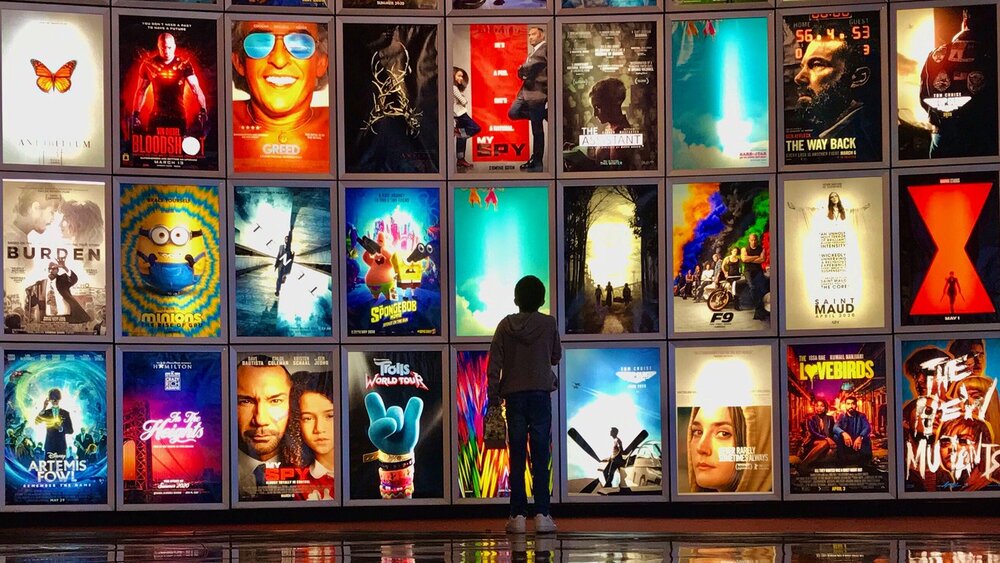
We often say that we’re living through an era that’ll one day be remembered in college media course text books as the “Content Wars” – when, one by one, massive entertainment entities have gobbled each other up, creating unthinkably and increasingly large “diversified multimedia conglomerates” all for the sake of owning the most leverage-able commodity of the 21st century: intellectual property.
Across entertainment, the rapid consolidation of brands into corporate flagship collections has yielded gargantuan, invisible, all-powerful giants of entertainment hoarding #content like mythological dragons of old.
ViacomCBS (owners of Paramount, CBS, MTV, VH1, Simon & Schuster, and Nickelodeon); Comcast (which owns Universal, NBC, Dreamworks, Illumination, Sky, and a robust Xfinity cable TV and Internet business); Warner Discovery (holding HBO, Discovery Networks, WarnerMedia, New Line Cinema, TBS, CNN, DC Films, and Cartoon Network). Even MGM – one of Hollywood’s “Big Six” studios for over a century – was consumed by a titan, becoming a subsidiary of online retailer Amazon.
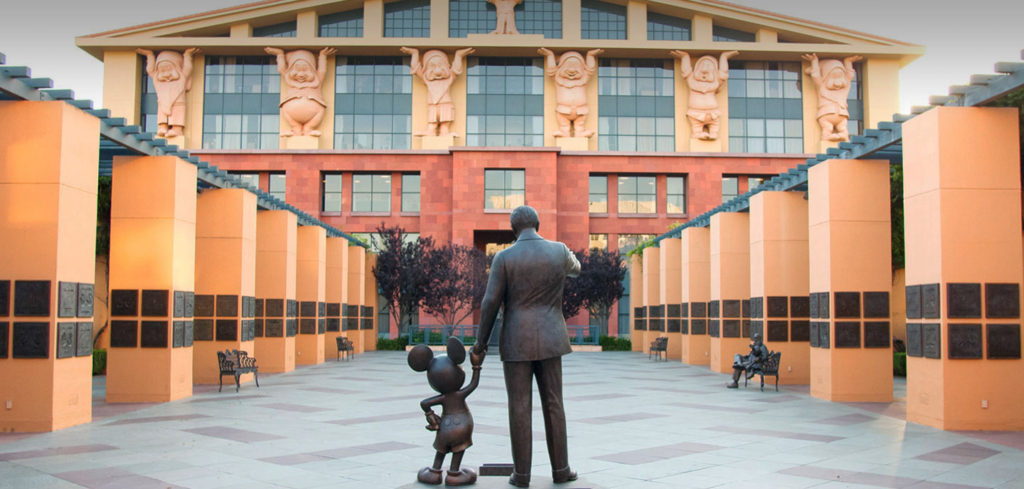
Of course, in terms of a content library, all are dwarfed by The Walt Disney Company. One of increasingly fewer entertainment companies to not nest under the organizational flow chart of a larger tech or communications conglomerate, corporate parent Disney might represent the perennial peak of the content-consumer relationship.
After all, the race to assemble characters, copyrights, and brands hasn’t been to own content for content’s sake, of course… it’s been to leverage owned and acquired assets across high profile battlefields: streaming, merchandising, licensing, and – for the rare companies with the clout to make it happen – theme parks. Theme parks offer the uniquely powerful potential of serving as living, breathing brand loyalty centers, where guests build organic connection to and family memories around a company’s hard-won content. Now there‘s a dream for any entertainment executive.
And lucky for it Disney and its parks, the “Mouse House” has been supercharged over the last thirty years thanks to leaders who either saw the “Content Wars” on the horizon or got very, very lucky…


